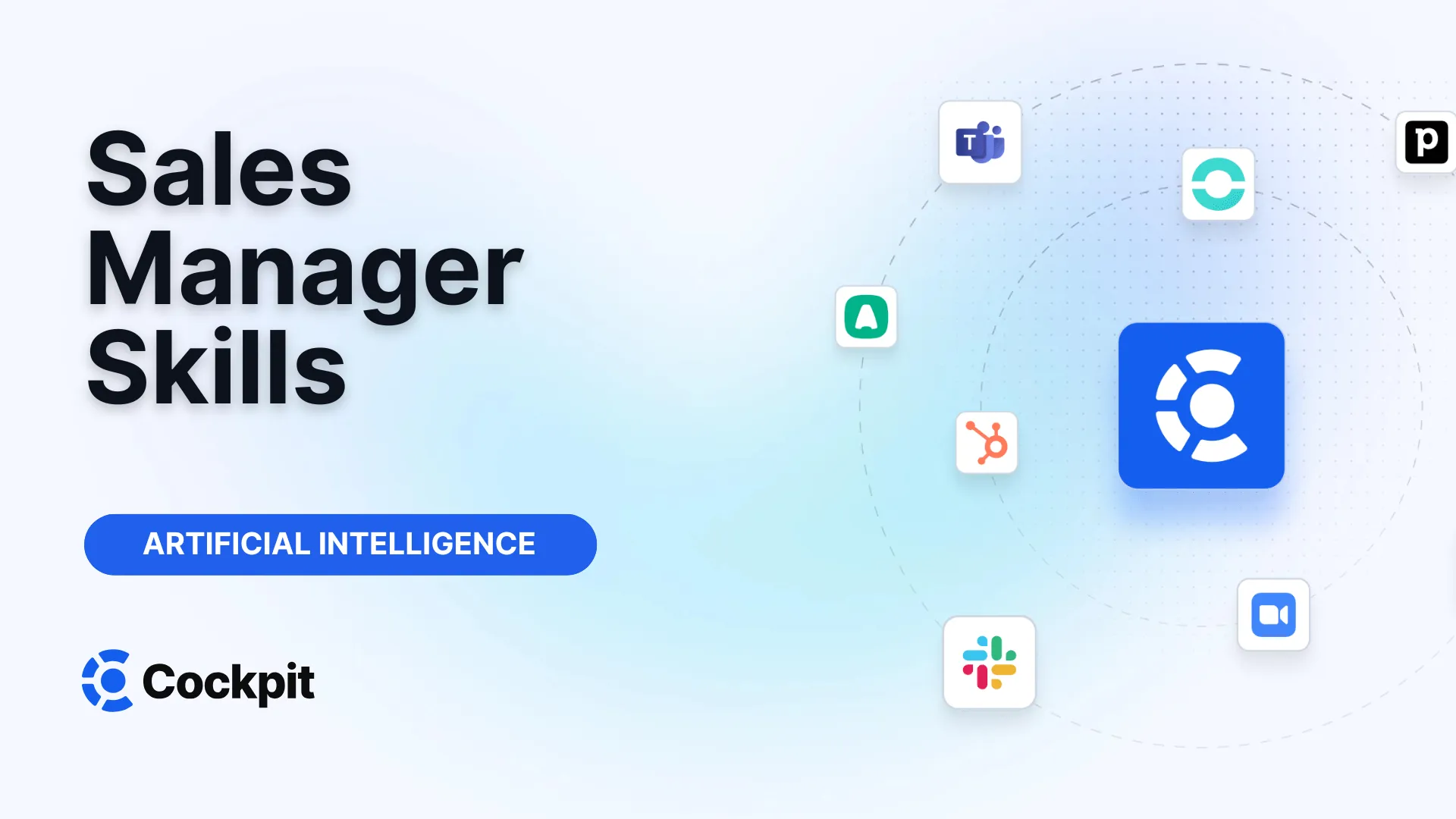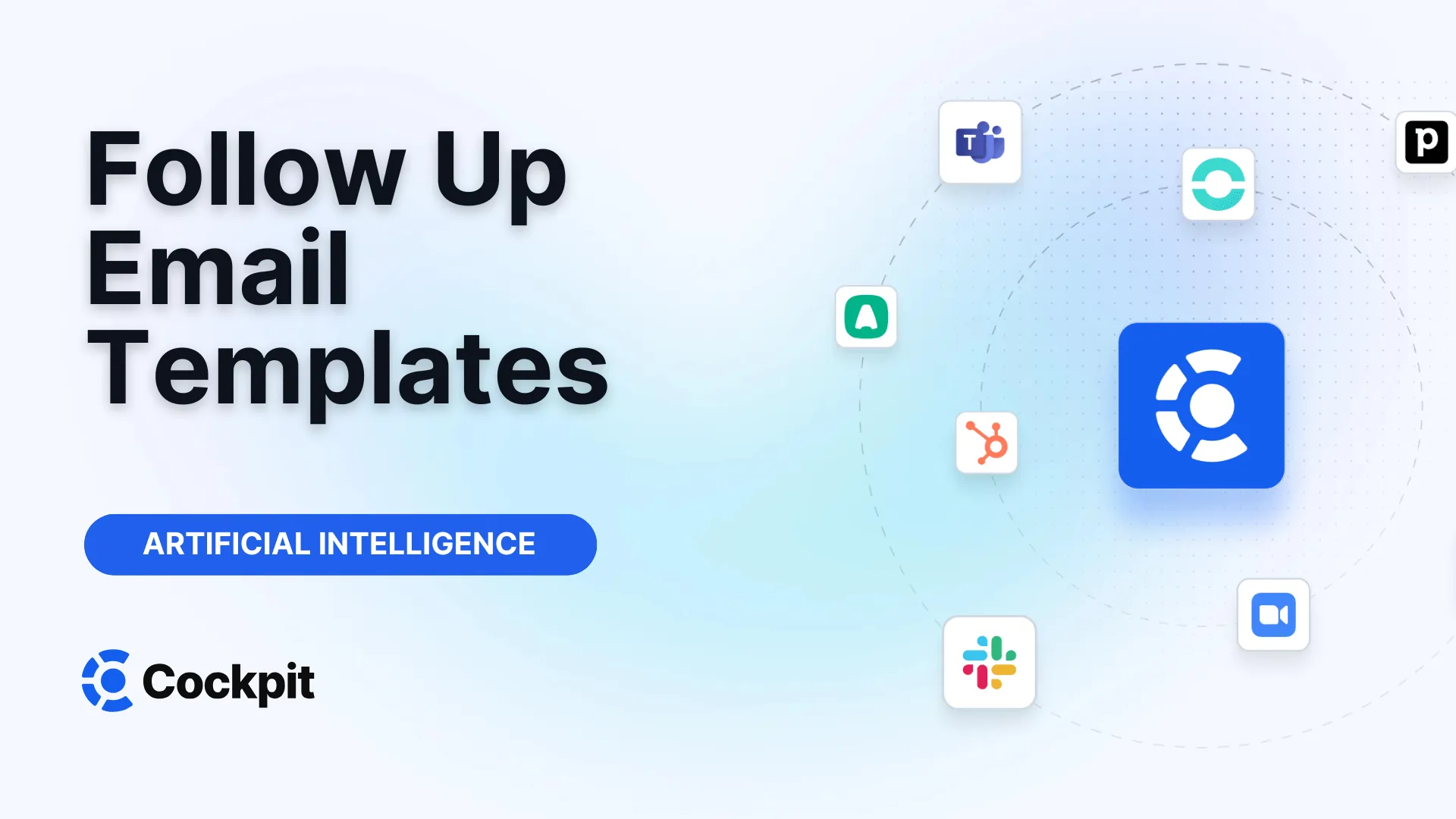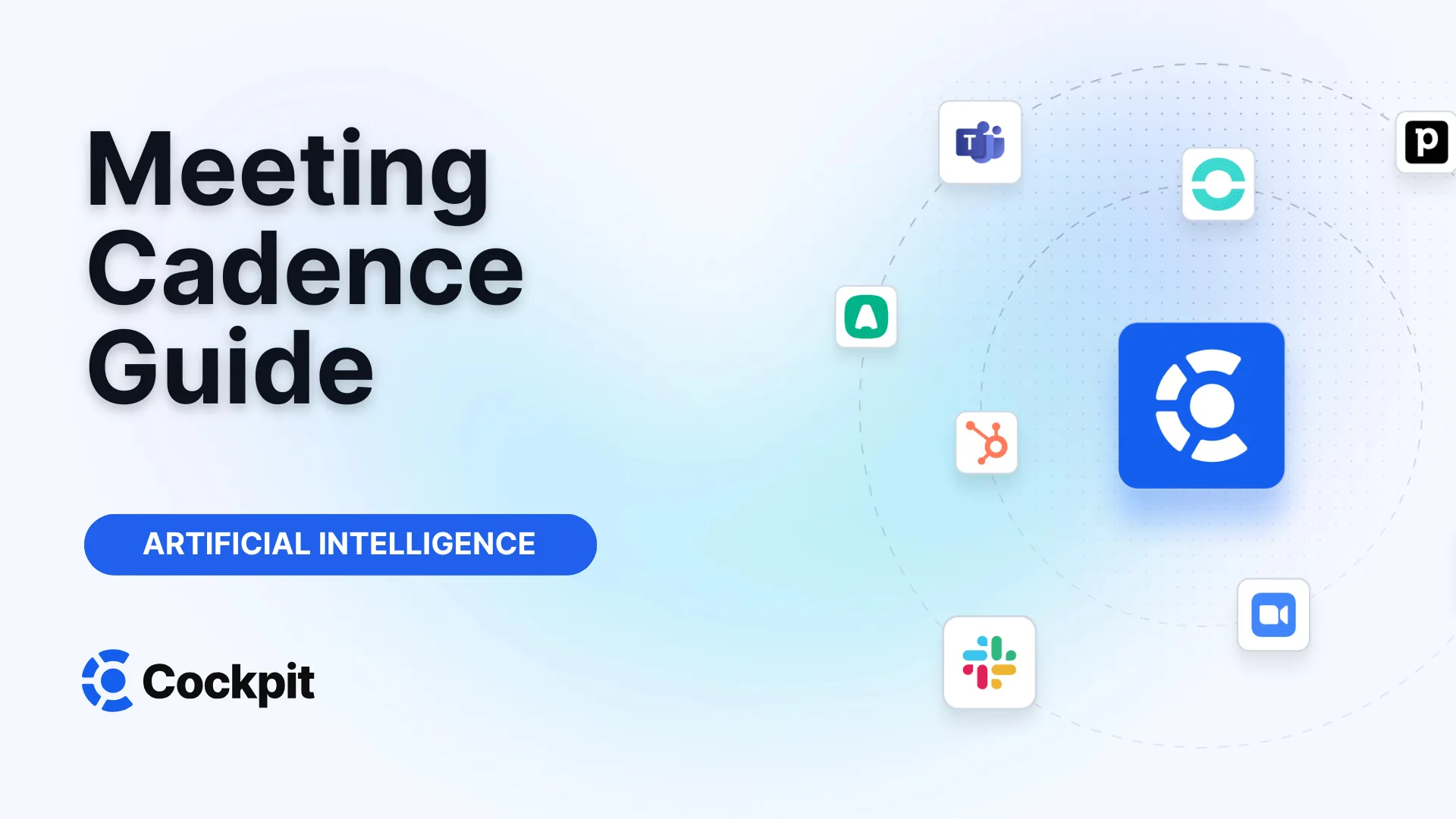Optimize your sales force in just a few clicks

Thousands of sales teams boost their performance with Cockpit. Why shouldn't you?
Explore CockpitSummary
Are you wondering how to effectively onboard a new remote employee? How to ensure they feel welcomed, productive, and connected to your company culture from day one, even through a screen? Welcoming new talent in a fully remote work environment presents unique challenges, but also extraordinary opportunities to strengthen your organization. A well-thought-out onboarding process is not just an administrative formality; it is the decisive first step towards employee retention, engagement, and long-term success.
So, where to begin? How to turn a series of administrative tasks into a human and memorable experience? What are the keys to building bridges between individuals, teams, and company values, without ever meeting in person? This article is designed to guide you through the strategies, tools, and best practices that will make your remote onboarding process a true performance lever.
The Crucial Importance of Remote Onboarding: More Than Just a Formality
Onboarding is the process that transforms a new hire into a full member of the team. In a remote work context, its importance is multiplied. It is no longer just about showing where the coffee machine is, but intentionally building bridges of communication and trust. The numbers speak for themselves: studies show that companies investing in a structured onboarding process see more than 50% increased productivity from new hires. Moreover, an employee who feels engaged from the start is up to 87% less likely to leave the company.
The goal is twofold: reduce the natural anxiety linked to starting a new position and clarify expectations from the outset. For a remote employee, the absence of informal office interactions can quickly lead to feelings of isolation. Successful onboarding counters this risk by creating a reassuring framework and providing all the necessary information to navigate this new work environment. It is a direct investment in your employees' future success and, consequently, that of your company.
Remote onboarding rests on three fundamental pillars: comprehensive documentation, anticipating newcomers' needs, and a commitment to continuously improve the process through feedback. By mastering these elements, you do not simply teach new hires how to do their job; you also teach them how to think and work effectively remotely.
The Three Dimensions of a Successful Onboarding Program
To build a remote onboarding program that is both comprehensive and human, it is essential to approach it from three complementary angles: organizational, technical, and social. By integrating these three dimensions, you create a holistic experience that allows new team members not only to adapt but to thrive in their role.
Organizational Integration: Building Solid Foundations
The first step is to answer all the logistical questions a new employee may have: how to enroll in benefits, which tools to use, where to find answers, and who can assist on specific topics? In a traditional office, these answers are often obtained informally. Remotely, efficiency relies on documentation. Ideally, you create a single source of truth, such as a detailed and searchable company handbook.
This approach, often called "handbook-first," has several advantages:
- Scalability: Documentation can be used by dozens of new employees simultaneously without requiring constant trainer presence.
- Autonomy: It teaches new hires to be proactive and independent in seeking information, a crucial skill in remote work.
- Asynchrony: It perfectly fits teams spread over different time zones, as information is available anytime.
A well-structured handbook becomes the central reference for how the company operates. It is not a static document but a living resource, constantly updated as the company learns and evolves. By directing your new hires to this resource, you give them the keys to deeply understand the culture, processes, and company values.
Technical Integration: Empowering Action
Having the right tools is one thing, but feeling comfortable and confident using them is another. Technical onboarding aims to empower new employees by having them use company tools as early as possible, even for simple tasks. This builds confidence and provides a sense of productivity from the first days.
The most effective approach integrates tool learning into onboarding tasks themselves. For example, instead of just reading a document about your project management software, the new employee might have a checklist of onboarding tasks directly within that tool. They learn by doing, in a relevant context. It is also an excellent opportunity to get fresh eyes on your own tools and processes. Newcomers are often best positioned to spot friction points or missing features.
"Dogfooding": a powerful practice
The term "dogfooding" refers to using your own products internally. For a tech company, it is a mark of confidence in its solution and an endless source of feedback to improve it. Integrating this practice from onboarding allows new employees to familiarize themselves with the company's core business very concretely.
Social Integration: Building Remote Connections
Starting a new job can be intimidating, and adjusting to remote life can be just as challenging. Social integration is perhaps the most crucial dimension to fight isolation and create a sense of belonging. In a remote environment, informal communication must be encouraged in a formal and structured way.
Here are some key strategies to achieve this:
- Assign an Onboarding Buddy: This person is a friendly and experienced contact. Their role is not managerial but to guide, answer "silly questions," and introduce the newcomer to other team members. They are an essential human link facilitating navigation through company culture.
- Plan Informal Communications: Include socialization "tasks" in your onboarding plan. This could involve virtual coffee breaks with various colleagues, a personal introduction in a dedicated chat channel (e.g., Slack or Teams), or participation in informal group video calls.
- Encourage Personal Connections: We are social beings. Encourage employees to share a bit about themselves, their passions, or interests. Themed chat channels (cooking, sports, music) can help create connections that extend beyond strictly professional boundaries.
Practical Roadmap for Your Remote Onboarding Process
Successful onboarding is planned onboarding. It is not improvisation but following a logical sequence that guides the new employee step by step. The ideal duration spans several weeks, with decreasing intensity. At GitLab, for example, the main process lasts at least two weeks, followed by a third week devoted to team-specific training.
Before Day One: Preparing the Ground
The onboarding experience begins before the official first day. Thoughtful preparation shows you are organized and eagerly awaiting the new hire.
- Send a welcome kit: This might contain necessary hardware (computer, headset), company swag (t-shirt, notebook), and essential documents like the employee handbook and login credentials.
- Create necessary accounts: Ensure all software and platform accesses are ready and functional. Nothing is more frustrating than spending the first day waiting for passwords.
- Communicate the first week’s agenda: Send an email a few days before outlining the schedule, the manager’s name, the buddy, and the first steps. This reduces stress and helps the employee envision their start.
Expert Advice
Announce the arrival of the new team member on a general communication channel a week in advance. Share their name, role, and some fun facts they’ve agreed to disclose. This allows the whole team to prepare to welcome them warmly and break the ice from the start.
The First Weeks: A Structured Journey
The first weeks should be a balanced mix of learning, meetings, and initial contributions. Using a task model, for example via project management software, is ideal to guide the new employee autonomously.
PeriodKey ObjectivesSample ActivitiesDay 1Setup and WelcomeComplete administrative documents, set up accounts, welcome call with manager, first chat with buddy.Days 2-3Culture and ValuesRead key handbook sections, attend cultural presentation session, introduce themselves on the newcomers’ channel.Days 4-5Tools and ProcessesAttend training on core tools, complete first simple task in project management software, understand security protocols.Week 2Immersion and MeetingsSchedule virtual coffee breaks with 3-4 team members, attend team meetings as observer, explore department knowledge base.Weeks 3-4First ContributionsTake ownership of first role-specific tasks, actively participate in meetings, plan a 30-day check-in with manager to discuss progress and challenges.
Ongoing Follow-up: Beyond the Initial Phase
Onboarding does not stop after one month. It is a continuous process. Schedule weekly one-on-one meetings with the manager to address questions, discuss challenges, and reinforce confidence. These regular check-ins are vital to ensure the employee feels supported and well integrated long-term.
Overcoming Common Remote Onboarding Challenges
Even with the best plans, obstacles may arise. Anticipating common challenges allows you to implement proactive solutions.
- Fear of asking questions: New employees, especially remotely, may hesitate to bother colleagues. Assigning a buddy is the best solution, as it provides a safe and dedicated communication channel.
- Technical issues: Delayed hardware delivery or account creation difficulties are frequent. Ensure your IT team has sufficient resources to provide fast, priority support to new hires.
- Silence about difficulties: A new employee may not dare to say that onboarding is not going well. To counter this, actively and regularly solicit feedback on the integration experience. Use anonymous surveys or candid discussions to identify improvement points and, above all, act accordingly.
Leveraging Technology for an Enriched Onboarding Experience
Good tools do not do everything, but they can radically transform the onboarding experience. Beyond communication platforms (Slack, Teams) and project management (Jira, Asana, GitLab), more specific technologies can accelerate skill acquisition and cultural immersion, especially for teams in contact with customers.
This is where conversational intelligence platforms, like ours, become a major asset. For new members of sales, operations, or customer success teams, traditional onboarding often relies on passive listening to calls or reading scripts. This approach is slow and unengaging.
Imagine instead being able to offer your new hires:
- Targeted training playlists: Create collections of call recordings illustrating best practices—how to handle a common objection, present a new feature, or close a sale. The new employee can consult them at their own pace, asynchronously.
- Precise and contextualized coaching: By recording and transcribing a salesperson’s first calls, their manager can leave comments at specific moments in the conversation. This feedback is far more effective than a generic debrief hours after the call.
- Accelerated immersion in the customer’s voice: A new engineer or marketing manager can listen to call excerpts to deeply understand customers’ needs and pain points, creating a direct connection with the purpose of their work.
- CRM training by example: By observing how our Autopilot feature automatically captures call information to enrich the CRM, new hires immediately understand the importance of data quality and company standards without tedious theoretical training.
Note: The Power of Asynchronous Coaching
One of the greatest advantages of using call recordings for onboarding is the ability to coach asynchronously. A manager no longer needs to be present live on every call. They can analyze performance, identify key moments, and share relevant clips with comments—all respecting everyone’s schedule. This makes coaching more scalable, precise, and less intimidating for the new employee.
By integrating these technologies, you do not just train your teams; you empower them to tap into the company’s collective intelligence from day one.
Investing in a structured, human, and technologically advanced remote onboarding process is one of the most profitable actions you can take. It sends a strong message to your new talent: we are happy to have you with us, we are prepared for your arrival, and we commit to providing all the tools for your success. Ultimately, successful onboarding is not the end of the trial period but the true beginning of a fruitful and lasting collaboration.
FAQ: Frequently Asked Questions About Remote Onboarding
What is the ideal duration for a remote onboarding process?
There is no one-size-fits-all answer, but a good practice is to plan for an intensive phase of at least two weeks focused on culture, tools, and general processes. This period is often followed by one to two weeks of more role- and team-specific training. However, onboarding should be seen as a continuous process extending over the first 90 days, with regular checkpoints to ensure the employee is on track.
How do we measure the success of our remote onboarding program?
Success can be measured through several qualitative and quantitative indicators:
- Satisfaction surveys: Survey new employees at the end of their first week, first month, and after 90 days to evaluate their experience.
- Retention rate: Track new hire retention at 6 months and 1 year. Good onboarding has a direct impact on this figure.
- Time to productivity: Measure the time it takes for a new employee to reach their first objectives or become autonomous on main tasks.
- Manager feedback: Collect managers’ opinions on the preparedness and integration level of their new hires.
What is the most critical element for successful remote onboarding?
If one element had to be chosen, it would be the intentional combination of comprehensive documentation and proactive human connection. Documentation (the company handbook) provides autonomy and the answers needed to work effectively remotely. Human connection (through a buddy, manager, and team) combats isolation and builds the sense of belonging essential for long-term engagement. One without the other is insufficient.




